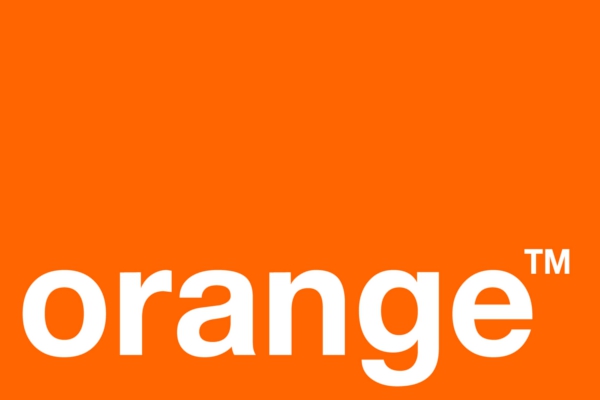Orange and ACE Submarine Cable to Connect Africa Coast and Europe

Orange, together with the other members of the ACE consortium, announces the launch of the ACE cable in Cotonou, Benin and Tenerife, Canary Islands, Spain. The connection of these two stations is part of the second phase of deployment of the ACE submarine cable, which now serves 18 countries: France, Portugal,the Canary Islands (Spain), Mauritania, Senegal, Gambia, Guinea, Sierra Leone, Liberia, Côte d’Ivoire, Benin, Ghana, Nigeria, Equatorial Guinea, Gabon, and São Tomé and Príncipe. Two landlocked countries, Mali and Niger,are connected via a terrestrial extension.
The ACE cable, which expands broadband internet access in Africa and provides additional capacity to existing national networks, will cover
17,000 kilometres and will be extended to South Africa by the end of the second phase. Branches are planned in order to connect Cameroon, as this country has just signed the agreement that formalizes its entry into the ACE consortium, the Democratic Republic of the Congo, Angola and Namibia.
Since the first phase was launched in December 2012, seven of the connected countries – Gambia, Guinea, Equatorial Guinea, Liberia, Mauritania, São Tomé and Príncipe, and Sierra Leone – have had a direct connection to a submarine cable for the first time, enabling them to access the international broadband network in an optimal manner.
To carry out this ambitious project, Orange, together with its subsidiaries Côte d’Ivoire Telecom, Orange Cameroon, Orange Mali, Orange Niger and Sonatel, combined forces with other major partners to form an international consortium.
Beyond the connectivity between Africa and Europe, thanks to interconnections with other submarine cables, ACE constitutes another route
to the Americas and Asia for Africa. Moreover, ACE is an alternative for network traffic between Europe and Asia going through Africa. The cable also diversifies transmission arteries between Portugal and France.







